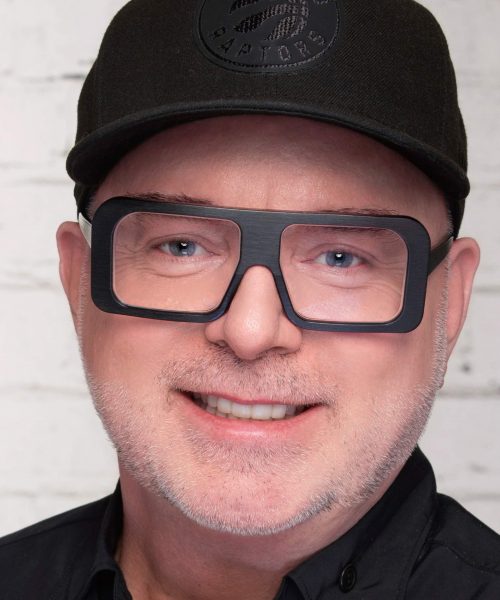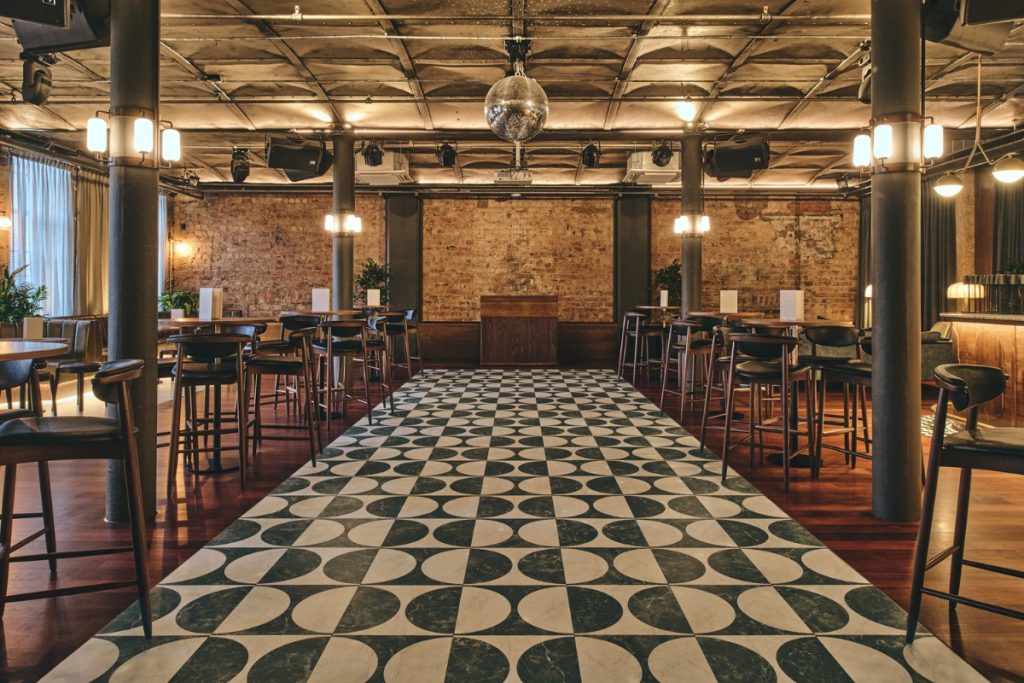 11th May 2023 | IN INTERVIEWS | BY SBID
11th May 2023 | IN INTERVIEWS | BY SBIDIn this week’s interview with 2022 SBID Awards winners of the CGI & Visualisation category, II BY IV DESIGN, Dan Menchions talks about working on sustainability-focused projects, integrating sustainable initiatives into the design, as well as making wellness the main priority of the space.
In a world threatened by the climate crisis, The Residences at Central Park offers a better future. Nestled between Toronto’s protected ravine and one of the city’s hip urban areas, it is a vibrant nexus—focused on wellness and sustainability.
SBID Awards Category: CGI & Visualisation
Practice: II BY IV DESIGN
Entry: The Residences of Central Park

Firstly, tell us a bit about the design of your project. What were the key ideas, concepts and processes behind it?
Central Park is an ambitious 12-acre master-planned neighbourhood in Toronto that promises a connected, healthier future. Focused on wellness and sustainability, it connects the urban and natural worlds, raising the bar for design excellence. Green initiatives are integrated throughout the complex. We worked collaboratively with the entire project team to align the interior design with the development’s vision: refining the contemporary lifestyle, using natural materials and framing views of the ravines, extending the harmony of the natural world inside. This strategy is also implemented in the design of the permanent Presentation Pavilion, where a composition of natural materials and future-forward immersive experiences emulate the proposed lifestyle for the prospective inhabitants of Central Park.
Designed holistically, the Presentation Pavilion for Central Park is built as a permanent space with the potential to transform into a multi-purpose cultural hub for the community. Wrapped in a soaring 4-storey window façade, this architectural glass box is positioned on the site as a billboard to sell the development and its breathtaking views. With an orchestrated, powerful retail experience, we weaved culture and lifestyle stories, thoughtful moments of theatre, and a series of vignettes, creating the forthcoming environment at Central Park for the prospective residents while they visually merchandise the selection of future-forward finishes, furniture, and products.

What was your biggest takeaway or highlight from completing this project?
Witnessing the positive reaction of those who visit the site—and the pavilion—has been a joy for us since completing the project. We are pleased to see the formation of a community that cares about wellness and sustainability; and have come to appreciate how significant the integration of nature and natural elements (including natural light) plays a part in creating a healthy, future-forward residence. It is also encouraging to gain insights about how much the prospective residents of Central Park delight in someday living where they have ease of access to the nearby ravines, urban living, public transit, and robust indoor/outdoor amenities. We aim to incorporate these insights into our future projects, designing healthy, wellness-focused, and connected residences for our clients.

What has winning an SBID Award meant for you and your business?
Since its inception in 2009, SBID has been instrumental in propelling the interior design industry forward. As a global platform—attracting entries from across the world—it is truly an honour to win an SBID award. It is a sign of industry recognition for our project to get evaluated by leading experts for technical content and aesthetic creativity. Together with our clients, team, and collaborators, we get the boost of encouragement to continue designing beautiful spaces that connect and elevate people. We also love that the design-conscious public has a say in voting for the most inspiring projects.

What is the most important thing to keep in mind when working on sustainability-focused projects?
When designing a sustainability-focused project, the design principles of functionality, accessibility, and aesthetics revolve around environmental considerations, so in a way, the project is both eco-centric and human-centric, which includes humans too. The longevity and durability of the finishes are key, especially for high-traffic areas. It is also important to work collaboratively with the entire project team to accommodate for systematic Green features that are new in residential developments. For Central Park, we reached further and emphasized the significance of integrating the natural world into everyday life by incorporating natural materials and views of the surrounding ravine areas and using energy-efficient technology throughout the interiors.

The development’s vision is to refine the contemporary lifestyle. What does contemporary lifestyle mean to you? How do you think our lifestyles and, therefore, design choices are changing?
To mitigate the climate crisis, we need to refine our current lifestyle as a global society. We need to become more efficient and eco-conscious, mainly for our benefit.
The Residences at Central Park connect the urban back to nature. The design and development team has integrated Green initiatives like reflective solar panels, Green roofs, and a thermal building envelope. A next-generation mechanical system incorporates advanced airflow and filtration for the entire building. Moreover, there is direct access to public transit, on-site bicycle/car-share service, and EV (electric vehicle) charging stations for every spot in residential and visitor parking spaces, promoting safe, clean travel—free of emissions. As interior designers of Central Park, we decided to reimagine how we can live better: what aspects of today’s lifestyle could be refined for a better tomorrow. We then reflected our insights onto every part of the project and delivered a robust amenity program, spa-inspired bathrooms, energy-saving light fixtures, and everything in between. The Presentation Gallery for this development even confirms the team’s commitment to sustainability, designing it as a permanent building. Envisioned as a multi-purpose cultural hub in the future, it is suited up in a composition of natural, enduring, high-quality materials and high-tech features for posterity.

What makes an interior design project wellness-focused? How do you account for it as a designer?
By its nature, interior design projects are always focused on wellness as we create spaces that improve the human experience through ergonomics, style, light, layout, and finish palettes/materiality. When designing vertical living projects, like The Residences of Central Park, we include activities for wellness in the amenity program. Moreover, a timeless composition of elements, materials, and furnishings in warm tones and delightful textures creates a harmonious feel for wellness. The attention to detail and quality cohesively begins at the entrance, continuing to the resort-like amenities and offering an urban oasis in each suite, including low water—and electrical—systems/appliances. There are also available provisions for cutting-edge automation, enabling residents to control temperature, lighting, or other items from their smartphones that make life more efficient and convenient, contributing to the quality of the residents’ everyday experience and, therefore, their wellness.

II BY IV DESIGN was established in 1990 by partners Dan Menchions and Keith Rushbrook. For over three decades, the studio has contributed internationally to the success of pivotal, award-winning global projects, celebrating long-term client relationships. When starting the firm, Dan and Keith imagined a creative shop deeply rooted in thoughtful design and fueled by innovation. Today, guided by their hands-on direction, II BY IV DESIGN continues to fulfill its initial mission, following a balanced approach that captures the essence of each client’s vision while remaining distinguished.



